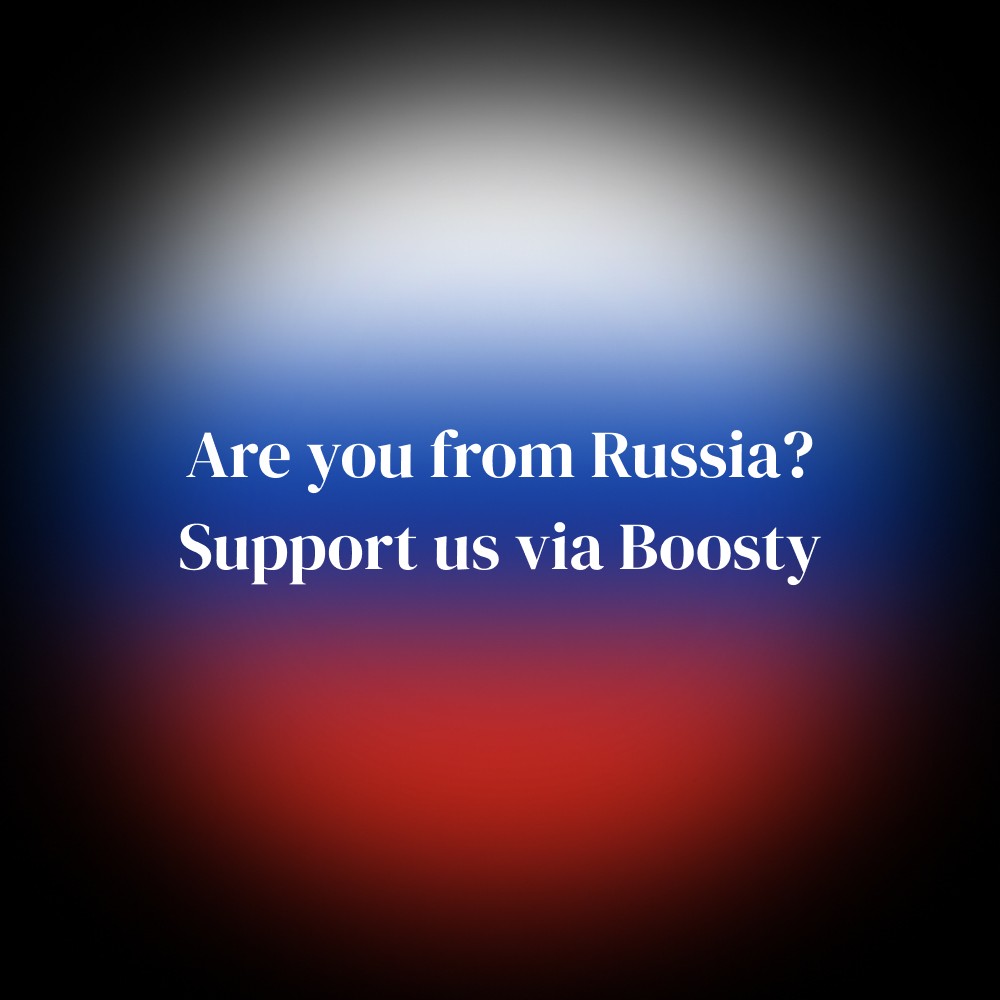The Armenian Ministry of Defense announced the resumption of shelling on the border with Azerbaijan.
“From 8:00 am, the Azerbaijani military, using artillery, mortars and large-caliber small arms, resumed hostilities, in particular, in the direction of Jermuk and the village of Verin Shorzha,” the ministry said.
The report also states that "all responsibility for the current situation and its further development lies with the military-political leadership of Azerbaijan."
On September 14, the Ministry of Defense of Azerbaijan reported that as a result of night fighting from September 12 to 13, 50 people were killed – 42 servicemen of the Azerbaijani army and eight border guards. Armenian President Pashinyan announced the death of 49 Armenian soldiers.
On the night of September 13, the Armenian Defense Ministry announced shelling from Azerbaijan on Armenian positions using artillery, mortars and UAVs. Pashinyan decided to seek help from Russia, the UN Security Council and the CSTO. The Azerbaijani Defense Ministry denies information about its invasion, calls the statements of the Armenian Defense Ministry absurd, and also accuses Armenia of provocations and planting mines on the supply roads of Azerbaijani units.
The escalation of the armed conflict in Nagorno-Karabakh took place on September 27, 2020. On the night of November 10, Pashinyan, together with the presidents of Russia and Azerbaijan, adopted a tripartite statement on a ceasefire, the entry of peacekeepers into Nagorno-Karabakh and the transfer of a number of regions in the region to Azerbaijan. In Armenia, because of this decision, protests and demonstrations for the resignation of Pashinyan began.


